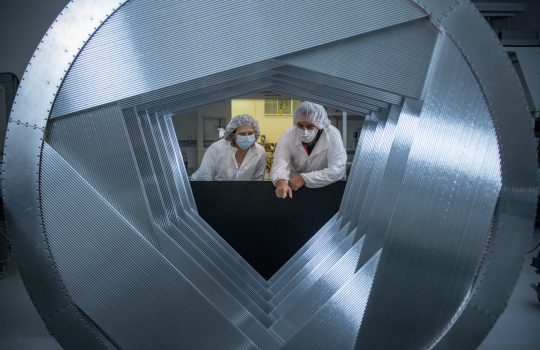Subatomic puzzle: Are quarks and leptons hiding another level of matter?
Big Think, August 5, 2024
There are patterns seen in quarks and leptons that remain unexplained, but it can be hypothesized that quarks and leptons might be created of still smaller particles. Does the Standard Model allow for an even smaller layer of matter to exist?


